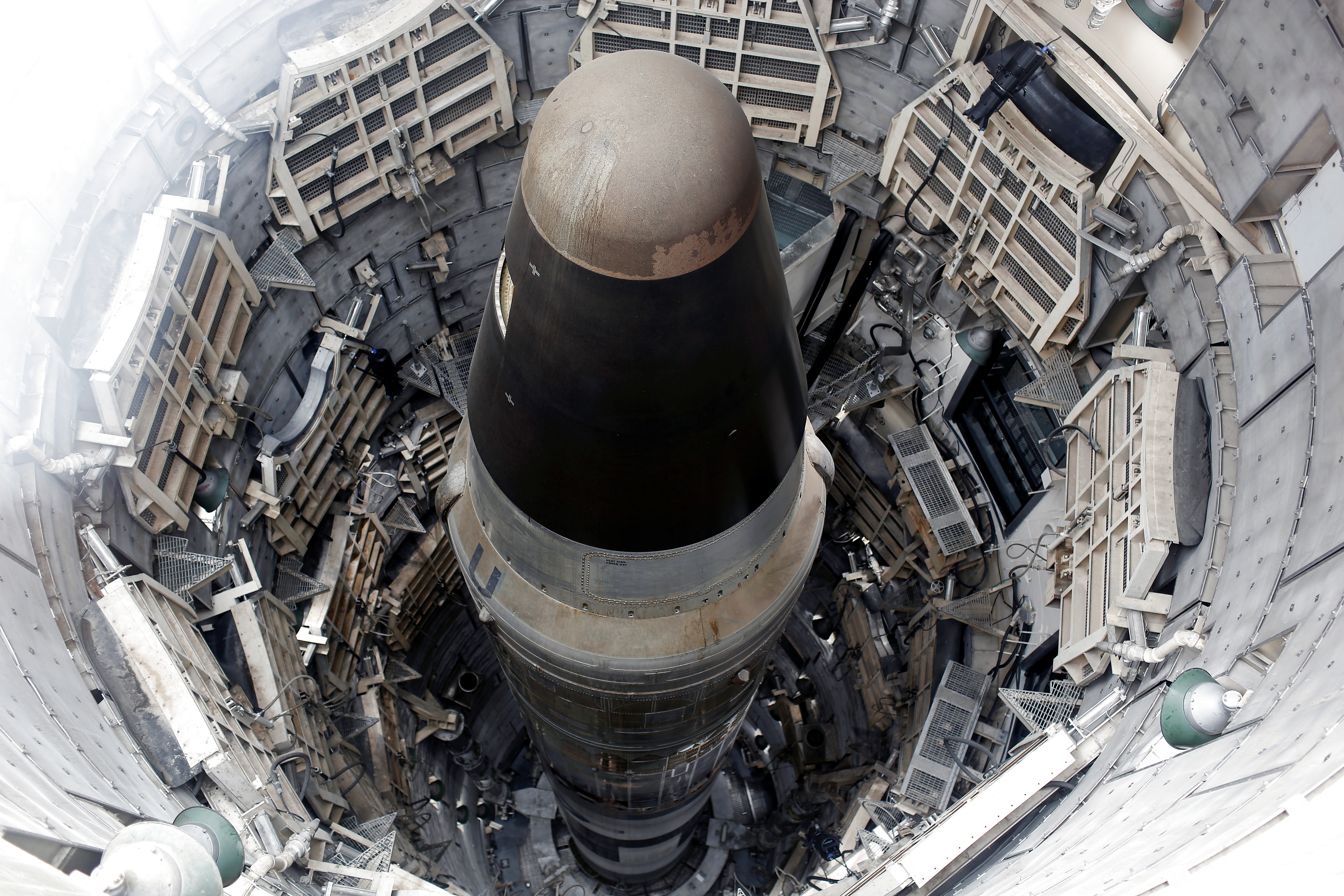Biggest Store of Nuclear Warheads: As Russia 'Backs Out' from Key Treaty, a Look at Nation's Arsenal

views
“Russia’s nuclear threat is unacceptable, and use of nuclear weapons should never happen,” Kishida, whose electoral constituency is Hiroshima, said at the news conference. “As the world’s only country to have suffered nuclear attacks, the 77-year history of non-nuclear weapons use should not be tarnished by Russia.”
But what is Russia’s nuclear arsenal like? A Reuters’ report explains:
NUCLEAR SUPERPOWER
Russia, which inherited the Soviet Union’s nuclear weapons, has the world’s biggest store of nuclear warheads.
Putin controls around 5,977 such warheads as of 2022, compared to 5,428 controlled by US President Joe Biden, according to the Federation of American Scientists, the report says.
Around 1,500 of those warheads are retired (but probably still intact), 2889 are in reserve and around 1588 are deployed strategic warheads.

About 812 are deployed on land-based ballistic missiles, about 576 on submarine-launched ballistic missiles, and around 200 at heavy bomber bases, according to the Bulletin of the Atomic Scientists.
The United States has around 1644 deployed strategic nuclear warheads. China has a total of 350 warheads, France 290 and the United Kingdom 225, according to the Federation of American Scientists.
Such numbers mean that both Moscow and Washington could destroy the world many times over.
During the Cold War, the Soviet Union had a peak of around 40,000 nuclear warheads, while the US peak was around 30,000 warheads.
The key, though, is how to deliver the weapon – the missiles, submarines and bombers that carry the warhead.
Russia appears to have about 400 nuclear-armed intercontinental ballistic missiles, which the Bulletin of the Atomic Scientists estimate can carry up to 1,185 warheads.
Russia operates 10 nuclear-armed nuclear submarines which could carry a maximum of 800 warheads. It has around 60 to 70 nuclear bombers.
NEWER NUKES
The United States said in its 2022 Nuclear Posture Review that Russia and China were expanding and modernising their nuclear forces, and that Washington would pursue an approach based on arms control to head off costly arms races.

Putin said he had information that the United States was developing new types of nuclear weapons.
Russia has been modernising its nuclear weapons.
Since the Soviet Union collapsed in 1991, only a few countries have tested nuclear weapons, according to the Arms Control Association: The United States last in 1992, China and France last in 1996, India and Pakistan in 1998, and North Korea last in 2017.
The Soviet Union last tested in 1990.
WHO GIVES THE RUSSIAN LAUNCH ORDER?
The Russian president is the ultimate decision maker when it comes to using Russian nuclear weapons, both strategic and non-strategic, according to Russia’s nuclear doctrine.
The so-called nuclear briefcase, or “Cheget” (named after Mount Cheget in the Caucasus Mountains), is with the president at all times. The Russian defence minister, currently Sergei Shoigu, and the chief of the general staff, currently Valery Gerasimov, are also thought to have such briefcases.
Essentially, the briefcase is a communication tool which links the president to his military top brass and thence to rocket forces via the highly secret “Kazbek” electronic command-and-control network. Kazbek supports another system known as “Kavkaz”.
Footage shown by Russia’s Zvezda television channel in 2019 showed what it said was one of the briefcases with an array of buttons. In a section called “command” there are two buttons: a white “launch” button and a red “cancel” button. The briefcase is activated by a special flashcard, according to Zvezda.
If Russia thought it faced a strategic nuclear attack, the president, via the briefcases, would send a direct launch order to general staff command and reserve command units which hold nuclear codes. Such orders cascade swiftly down different communications systems to strategic rocket force units which then fire at the United States and Europe.
If a nuclear attack were confirmed, Putin could activate the so-called “Dead Hand” or “Perimetr” system of last resort: essentially computers would decide doomsday. A control rocket would order nuclear strikes from across Russia’s vast armoury.
With Reuters inputs
Read all the Latest Explainers here

















Comments
0 comment